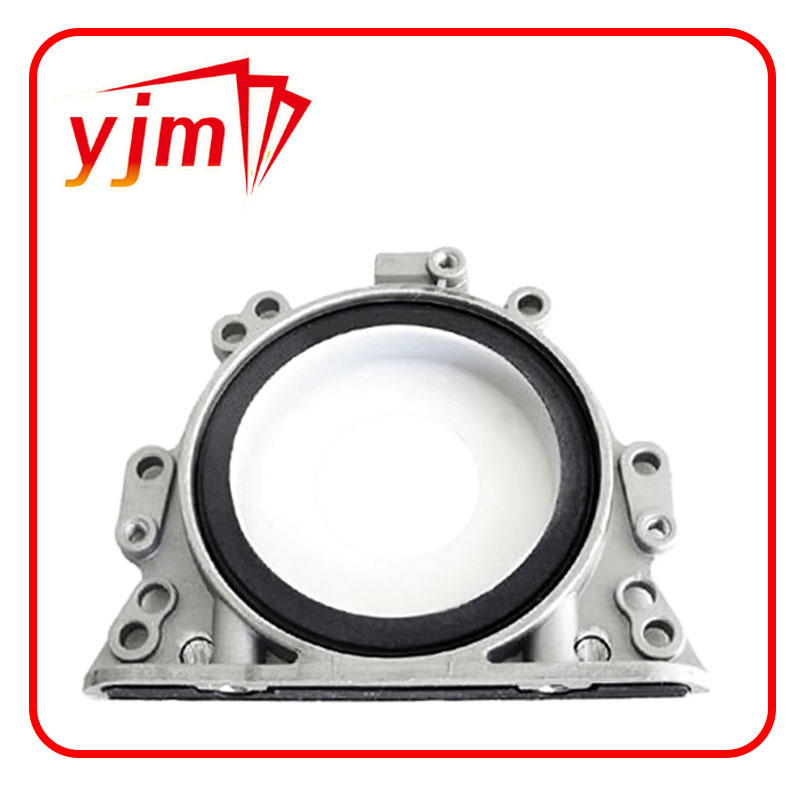oil pan drain plug
Understanding the Importance of Oil Pan Drain Plug
The oil pan drain plug may seem like a small and often overlooked component of a vehicle's engine, but its role is crucial for maintaining proper engine function and longevity. In this article, we will explore the significance of the oil pan drain plug, its functionality, potential issues, and maintenance tips for vehicle owners.
What is an Oil Pan Drain Plug?
The oil pan drain plug is a threaded plug located at the bottom of the oil pan, which is the compartment that holds engine oil. Its primary purpose is to allow for the drainage of old or contaminated oil during an oil change. By removing this plug, vehicle owners and mechanics can efficiently empty the oil pan, ensuring that fresh oil is added to the engine. This process is critical for keeping the engine lubricated and running smoothly.
The Functionality of the Oil Pan Drain Plug
The oil pan drain plug plays a vital role in the overall health of an engine. Without this plug, changing the oil would be a cumbersome task, as oil would not have a designated exit point. The plug's design often includes a gasket or washer that helps create a seal, preventing oil leaks. A properly functioning drain plug ensures that the oil stays contained within the oil pan, reducing the risk of spills and environmental contamination.
Common Issues with Oil Pan Drain Plugs
While the oil pan drain plug is a robust component, it can encounter several issues over time. One of the most common problems is oil leaks, which can occur due to a worn-out gasket or improper installation. If the drain plug is not tightened securely, or if it becomes stripped, oil can escape, leading to low oil levels and potential engine damage.
Another problem occurs if the oil drain plug is not removed correctly during oil changes. If over-tightened, the plug can become damaged, making it difficult to remove in the future. It's essential to use the correct tools and techniques when removing and replacing the drain plug to avoid these issues.
oil pan drain plug

Maintenance Tips
To ensure the longevity of the oil pan drain plug and the overall health of the engine, vehicle owners should consider several maintenance tips
1. Regular Oil Changes Following the manufacturer’s recommended oil change intervals is crucial. This not only keeps the engine lubricated but also helps identify any issues with the drain plug early on.
2. Inspect the Drain Plug During an oil change, inspect the drain plug and its gasket for wear. Replace them if you notice any signs of damage or excessive wear.
3. Use Proper Torque When installing the drain plug, follow the manufacturer's specified torque settings to prevent stripping or damaging the threads.
4. Check for Oil Leaks After changing the oil, monitor the area around the drain plug for any signs of oil leaks. If you notice oil pooling, it may indicate a faulty plug that requires immediate attention.
5. Educate Yourself Understand the importance of the oil pan drain plug and become familiar with its location and function. This knowledge will empower vehicle owners to better care for their engines.
In conclusion, the oil pan drain plug is a small but essential component of a vehicle's engine system. Understanding its function and maintaining it properly can lead to improved engine performance and longevity. By keeping an eye on this crucial part, vehicle owners can avoid costly repairs and keep their engines running smoothly for years to come.
-
Understanding the Front Main Engine Seal: Purpose, Maintenance, and Installation
News Jul.29,2025
-
Understanding O-Rings and Seal Rings: Types, Applications, and Custom Solutions
News Jul.29,2025
-
Understanding Crankshaft Oil Seals: Rear Seals, Pulley Seals, and Their Role in Engine Integrity
News Jul.29,2025
-
The Importance of Front and Rear Crankshaft Seals in Engine Performance and Oil Management
News Jul.29,2025
-
Crank Oil Seals: Functions, Types, and Cost Considerations in Engine Maintenance
News Jul.29,2025
-
A Comprehensive Guide to O-Rings and Seals: Types, Materials, and Global Applications
News Jul.29,2025
-
Mastering Diesel and Performance Engine Maintenance: A Guide to Critical Oil Gaskets
News Jul.28,2025
Products categories















